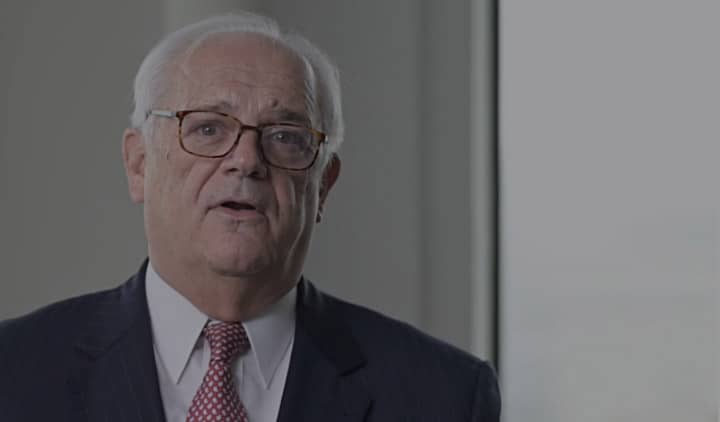On March 23, 2018, 38-year-old, San Mateo man, Walter Huang was killed when his Tesla Model X slammed into a concrete barrier on southbound Highway 101 in Mountain View, California and subsequently caught on fire. According to news reports, Mr. Huang’s Tesla Model X was on Autopilot at the time of the crash.
Indeed, at the center of this fatal car accident in San Mateo was Tesla’s Autopilot system. According to records provided by Mr. Huang’s family, the victim had taken his Model X into Tesla because the vehicle had veered towards that very same barrier several times previously. After the collision, other Tesla drivers confirmed the overall unreliability of the Autopilot system near similar dividers – including videos posted by at least one Tesla owner who drove the same stretch of roadway experiencing unwanted Autopilot steering to the left toward the divider.
Findings and Data from Tesla’s Vehicle Log
On March 30, 2018, Tesla provided information about the collision in a blog post, detailing various factors of the fatal crash.
The data from the vehicle log confirms that the Autopilot system was engaged at the time of the collision. This begs the question of whether it is safe to navigate in true autopilot mode – can the technology be trusted? Tesla has suggested that the driver was at fault – releasing a statement that the driver’s hands were not on the wheel, and prior to the collision he had received a warning to keep his hands on the wheel. But assuming the Autopilot technology works correctly, why would a correctly functioning car steer itself into a divider? If it is not always safe to operate a Tesla in Autopilot, should this feature even exist? Drivers, drawn in by Tesla’s reputation for cutting-edge technology, are supposed to use this feature. If it is not always safe, this is a recipe for more tragedies just like the one involving Mr. Huang.
There are also other factors to consider in this collision. For one, the damage sustained is unprecedented: according to Tesla, they have “never seen this level of damage to a Model X in any other crash.”
The manufacturer attributes the severity of this crash to a missing or damaged crash attenuator on the concrete divider. Normally, most dividers have a lengthy highway safety barrier that absorbs the impact of a vehicle into the divider and subsequently reduces serious damage or injury. However, in this case, the attenuator was either not properly installed or otherwise damaged, rendering it useless in the fatal collision. At the same time, pointing to the attenuator as a significant cause of this collision overlooks the obvious role of the vehicle—it drove itself, and Mr. Huang, directly into a fixed object at high speed.
Flammability a Critical Issue For The Tesla Model-X
Another critical issue is the flammability of the Tesla, and whether a gas-powered vehicle would have been as flammable as a fully electric vehicle such as a Tesla. The post-accident photos display a charred chassis with the front of the vehicle completely incinerated. A gas-fed fuel fire typically would not have melted the vehicle in this way.
What role was played by the lithium-ion batteries housed along the vehicle bottom? There have been multiple instances of similar batteries catching on fire or even exploding in more common consumer devices (such as e-cigarettes). What is the degree of danger these batteries present?
According to Tesla, these concerns were addressed in the design process. In the event that one of their battery packs catches on fire, it is supposed to spread at a slow enough rate for all passengers of the vehicle to safely exit out of the vehicle. But here the driver was incapacitated and could not exit. Was he burned alive? With a passenger or driver trapped in the vehicle a “slow-moving fire” is hardly a safety feature.
Many questions remain unanswered. We await the conclusions of the NTSB investigators who are looking into the crash. Follow our blog


